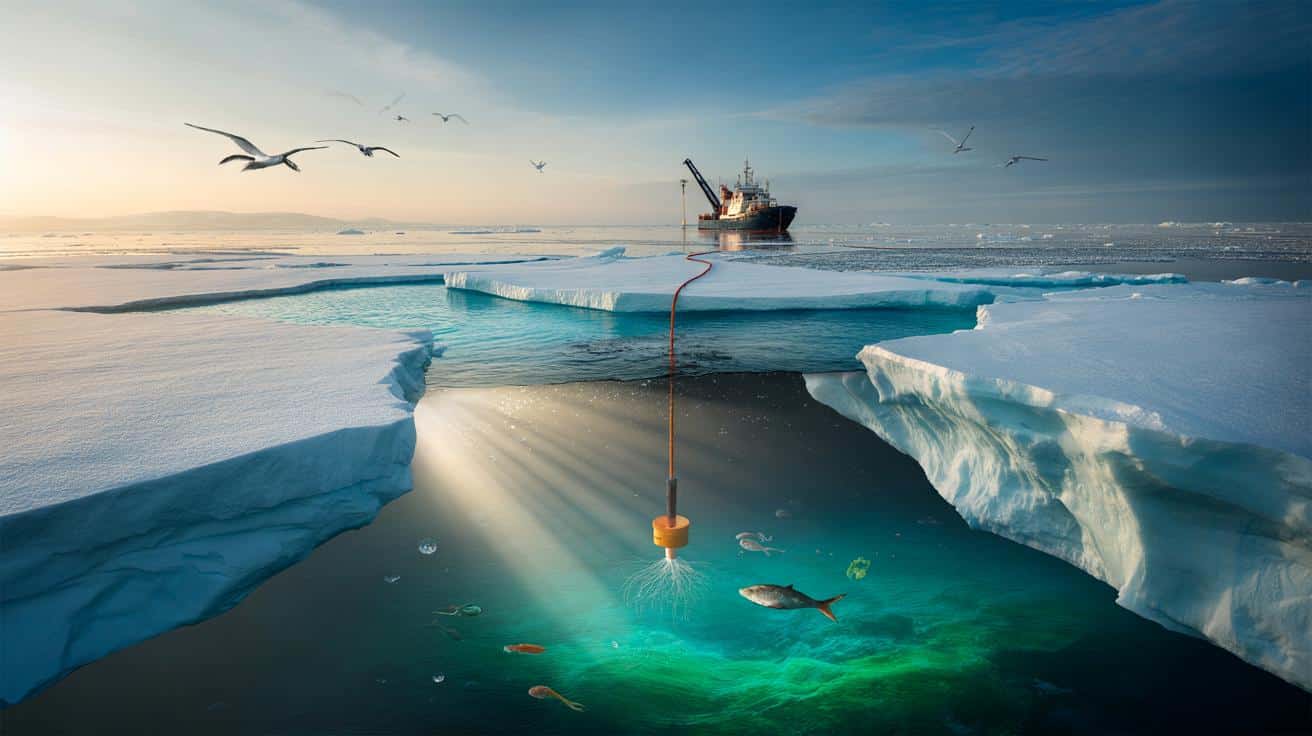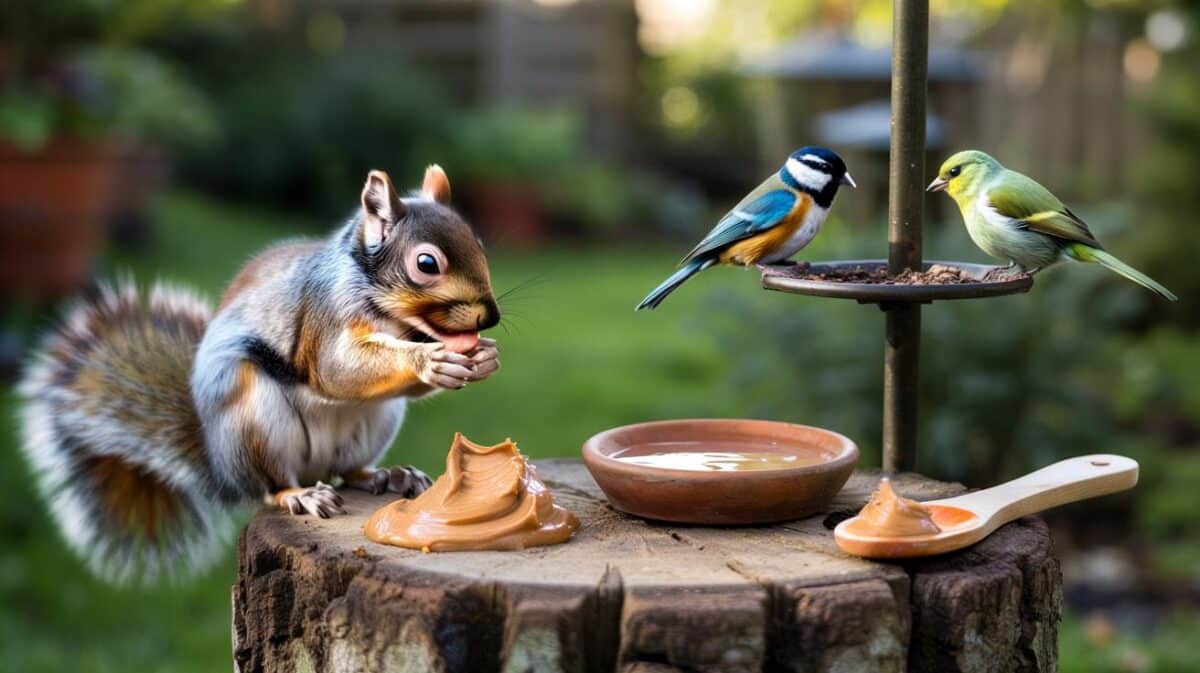Scientists now report active nitrogen‑fixing microbes living under multi‑year Arctic ice, a finding that overturns decades of assumptions about polar waters. Their work suggests fresh nutrients surge into a region long classed as starved, with knock‑on effects for algae, carbon uptake and the creatures that feed us.
What scientists found under the Arctic ice
Research led by Lisa von Friesen at the University of Copenhagen detected measurable nitrogen fixation beneath perennial ice cover, where darkness and cold should stifle this chemistry. Her team sampled across melt zones and into the remote Wandel Sea during expeditions aboard Polarstern and Oden. They identified non‑cyanobacterial diazotrophs—microbes that tap atmospheric nitrogen—and recorded rates reaching 5.3 nanomoles of nitrogen per litre per day. Those numbers sit within ranges seen in temperate seas, which reshapes how we view the high north.
Under multi‑year ice, nitrogen fixation hit 5.3 nmol N L−1 day−1—evidence that the Arctic now adds new nitrogen at scale.
Earlier work signposted this possibility by revealing an unexpected diversity of Arctic microbes. The latest measurements extend the map and confirm that fixation persists under dim light and low temperatures. The data also point to a broader seasonal window, with activity tracked from the edges of retreating ice into zones once considered biological deserts.
Why nitrogen matters at the top of the world
Algae need nitrogen to grow. When diazotrophs convert inert atmospheric nitrogen into ammonium, they supply a fertiliser pulse for microscopic plants. These algae capture carbon dioxide from the air and feed zooplankton, which pass energy to fish, seabirds and mammals. More fixed nitrogen can strengthen that ladder and deepen the region’s capacity to draw down carbon.
New nitrogen boosts algal growth that draws in atmospheric CO2, reinforcing a fragile Arctic carbon sink under pressure.
The picture remains complicated. Sea‑ice loss freshens the surface and changes the layering of the water column. Extra light and dissolved organic matter favour some microbes while sidelining others. Heterotrophic bacteria that feast on organic inputs can compete for nutrients and oxygen, tweaking the balance between growth and decay. The outcome depends on local currents, ice conditions and the timing of the spring bloom.
A challenge for climate models you rely on
Global climate models have treated polar nitrogen fixation as negligible. That assumption now looks shaky. If northern waters add significant new nitrogen each year, projections of marine productivity and oceanic carbon uptake need revision. The amount of carbon that sinks depends on which algae thrive, how fast grazers recycle nutrients, and whether particles escape to depth or break down near the surface.
Lasse Riemann, a co‑author on the new studies, argues for rapid integration of Arctic nitrogen fixation into Earth‑system frameworks. Without it, estimates of air‑sea CO2 exchange and export efficiency in the polar basins will carry avoidable errors. Policy timelines hinge on those numbers, and so do fisheries decisions as feeding grounds shift with the ice.
The moving parts: light, ice and organic matter
Retreating ice lets sunlight reach under‑ice communities for longer each spring. Rivers and coastal erosion deliver coloured dissolved organic matter that supports different bacterial guilds. Winds and storms puncture stratification and remix nutrients from below. Diazotrophs respond to these cues, thriving where competition eases and micronutrients line up. The result is a patchwork of hotspots rather than a uniform blanket of activity.
| Area | Condition | Observation | Reported rate |
|---|---|---|---|
| Melt‑edge zones | Seasonal light, freshened surface | Diazotrophs active during retreat | Up to 5.3 nmol N L−1 d−1 |
| Under multi‑year ice | Low light, cold, stable layers | Non‑cyanobacterial fixation detected | Measurable, comparable to temperate sites |
| Wandel Sea | Remote, ice‑influenced basin | Fixation recorded across transects | Within observed Arctic range |
What this could mean for you
- Seafood supply: stronger spring blooms can lift zooplankton and forage fish, altering catches and quotas.
- Carbon accounting: additional carbon drawdown may shift national inventories and net‑zero planning.
- Insurance and risk: changed bloom timing can affect harmful algal events, with costs to coastal health services.
- Education and jobs: demand rises for polar technicians, sensor engineers and biogeochemical modellers.
- Public budgets: long campaigns on icebreakers and moorings need stable funding to lock down uncertainties.
The debate now moves from possibility to measurement: how much nitrogen is fixed, when it peaks, and how it changes carbon flows.
How scientists will pin down the numbers
Researchers plan year‑round sampling to capture the dark season, when under‑ice communities tick over without the sun. They will combine shipboard experiments with autonomous platforms that drift beneath the ice. Genomic surveys will identify the taxa responsible, while rate measurements will test how temperature, light and organic matter set the pace.
Models will absorb these observations in stages. First, regional simulations will add nitrogen fixation to see how blooms shift. Then global models will adjust air‑sea CO2 exchange and export ratios. Comparisons against oxygen, nitrate and satellite colour will keep the estimates honest.
What to watch in the coming seasons
Expansion of fixers as seasonal ice thins further. Changes in the mix of algae, from diatoms that sink quickly to species that linger near the surface. Possible pulses of nitrous oxide if microbial pathways flip during bloom decay. Managers will also watch for mismatches between plankton peaks and fish spawning, which can ripple into markets.
Key term to follow: diazotrophs. These microbes possess the enzyme nitrogenase, which breaks the triple bond in atmospheric nitrogen and makes the nutrient usable for life. In polar waters, non‑cyanobacterial groups appear to carry much of the load, because low light and cold limit classic cyanobacteria.
Practical angle for readers: carbon projects often talk about seaweed and kelp. The Arctic story shows why success depends on the unseen microbial budget. Where new nitrogen appears, algae can bloom without expensive fertilisation. Where it does not, the water remains starved. Investors, regulators and communities can ask simple questions—who measured fixation, when, and at what rate—before they bank on ocean benefits.









